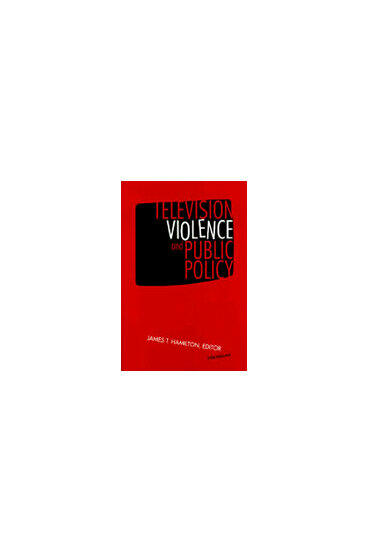Television Violence and Public Policy
Discusses why and how we should rate the content of television programs for violence
Description
Since 1954, violence in television programming has been the subject of legislative debate, congressional hearings, agency pronouncements, and presidential commentary. Most recently, ratings of television programs have been discussed and implemented while other means of controlling the access to certain kinds of television programs have been discussed. The debate over the age-based program rating system recently implemented by the television industry has generated many questions about television violence.
The essays in the volume provide answers to many of these questions on specific policy issues surrounding media violence. The contributors suggest that the research on television violence can serve as the basis for a framework that categorizes programs based on the context in which the violence is presented. The manner in which information is conveyed about violent content affects how viewers react to such warnings. Program warnings with MPAA-style ratings have the potential to confuse parents (since they do not provide detailed content information) and attract some viewers such as teenage males.
The contributors include some of the top researchers in the field of communications, several of whom participated in the National Television Violence Study. Contributors are Eva Blumenthal, Joanne Cantor, Wayne Danielson, Ed Donnerstein, Tim Gray, Kristen Harrison, Cynthia Hoffner, Marlies Klijn, Marina Krcmar, Dale Kunkel, Dominic Lasorsa, Rafael Lopez, Dan Linz, Adriana Olivarez, James Potter, Stacy Smith, Matthew L. Spitzer, Ellen Wartella, D. Charles Whitney, and Barbara Wilson.
This volume will be of interest to communications researchers, media policy experts, legal scholars, government and industry officials, and social scientists interested in media and television.
James Hamilton is Director of the Program on Violence and the Media, Duke University.
James Hamilton is Director of the Program on Violence and the Media, Duke University.
Reviews
". . . for a broad and thoughtful understanding of the many issues concerning the portrayal of violence on television and what, if anything, to do about it, these studies are a must read."
- Choice
—Choice

